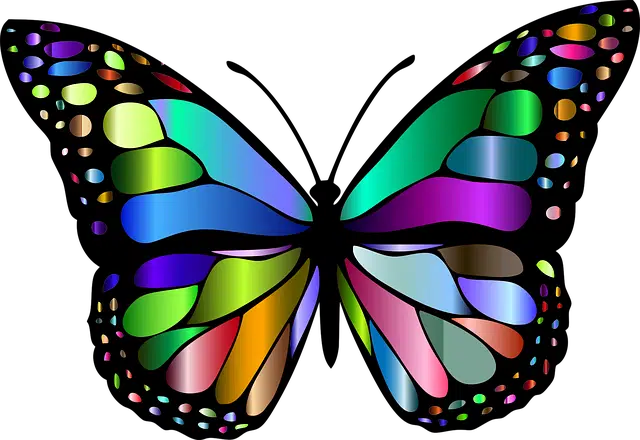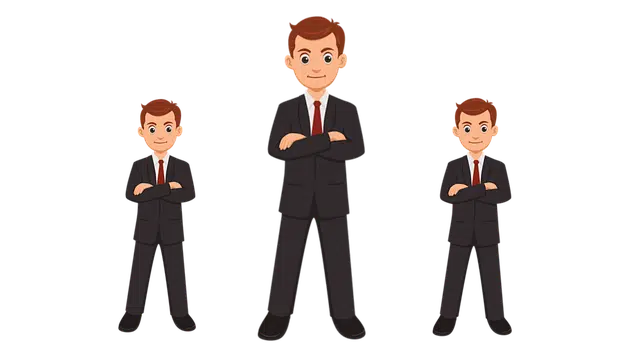
A vector image is formed from independent geometric objects.
From the Latin imago , image is the figure, representation, likeness or appearance of something . The term is also used to name the visual representation of an object using techniques from photography, video, painting or another discipline.
Vectorial , for its part, is an adjective that refers to what belongs to or is relative to vectors . The agent that transports something from one place to another is known as a vector, although the meaning depends on the context.
Vector image concept
The concept of a vector image is linked to the digital image that is composed of independent geometric objects . The characteristics of these objects, which can be segments or polygons, are defined by mathematical attributes that indicate their color , position, etc.
It is possible, therefore, to differentiate between a vector image and a bitmap image. The vector image is made up of geometric objects, while the bitmap image is made up of pixels. This means that the vector image, unlike the bitmap, can be enlarged without losing quality. The vector image, on the other hand, can be moved or stretched simply and without distortion, since its components are independent.

Various mathematical attributes indicate the position, color and other characteristics of the polygons and segments that make up a vector image.
Result of mathematical calculations
Since a vector image is, in reality, the result of a series of mathematical calculations related to the position and attributes of each point (or vertex ) that composes it, when modifying its dimensions or its shape there is no type of distortion or loss of quality, as occurs with bitmaps, but the program simply recalculates the joints between the points and returns a new image, as sharp as the previous one.
Digital art artists often scan their handmade creations and then “vectorize” them, that is, convert them into a vector image by placing a point at each of their vertices and modifying their properties to create curves. It is an arduous task that, later, allows you to manipulate the drawing with a graphic tool to color it, shade it, create a 3D model from it, etc.
It should be noted that the process of converting a vector image to a bitmap is relatively simple, since all vector editing applications allow you to quickly fill the polygons with the desired color and eliminate the vertices; On the other hand, as explained in the previous paragraph, the reverse path can be very laborious, always depending on the complexity of the original drawing and the artist's intentions.
Uses and formats of vector images
The generation of graphics (even in 3D ), the creation of fonts, the development of video games and the description of aspects of a document are some of the uses of vector images.
Popular vector image formats include PDF , VML, and SVG , while vector image editors include Adobe Illustrator , Corel Draw , and Freehand , among others.
In the 80s, when video games remained in the realm of 2 dimensions, some developers began to take advantage of the concept of vector images to create content that simulated the existence of a three-dimensional world . The basis is not so different from the current implementation of 3D, although it is infinitely simpler and highly limited: by only placing eight points on the screen , joined by their respective lines that were recalculated every time the camera or object moved, the player perceived the presence of a relatively convincing cube.
Among the limitations seen in the first vector games is the absence of textures (images that are currently used to cover three-dimensional objects and simulate surfaces of all types) and the low number of simultaneous colors (generally two at most). .
